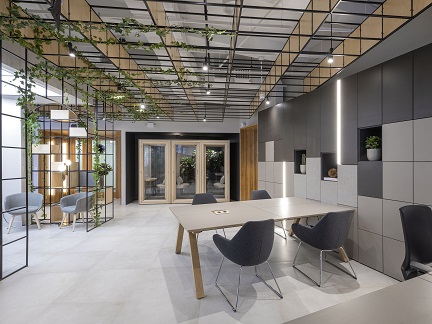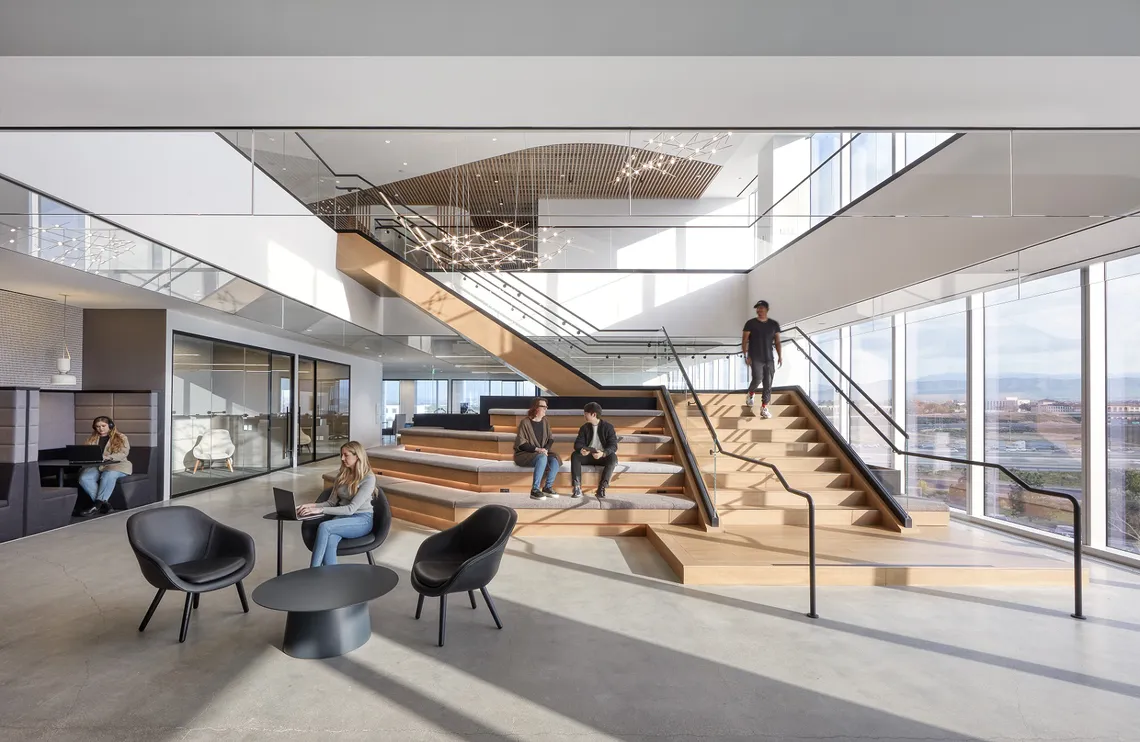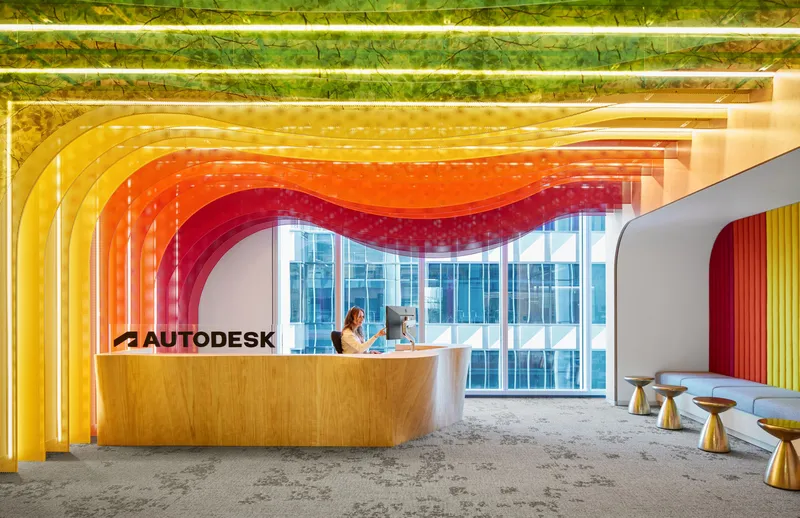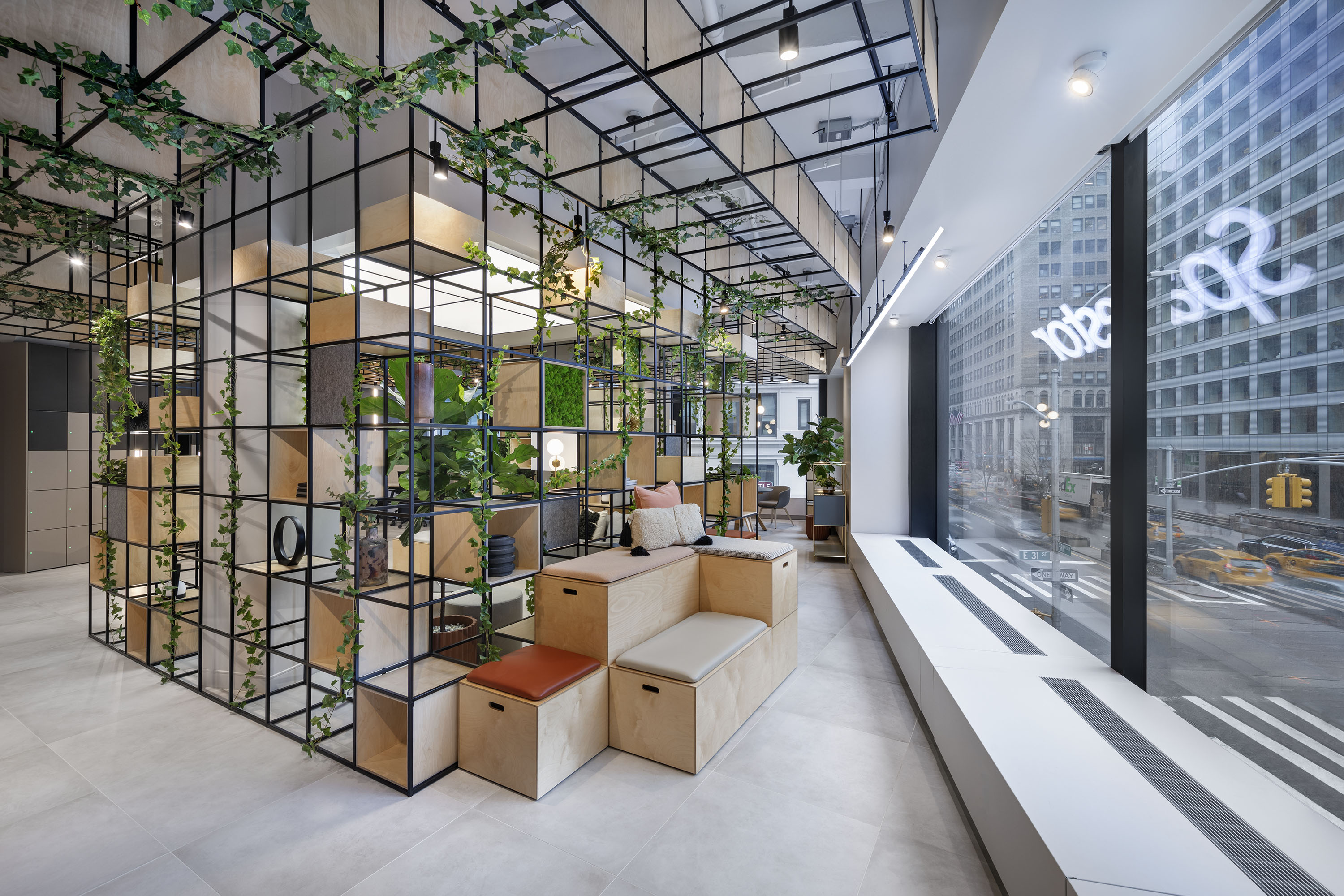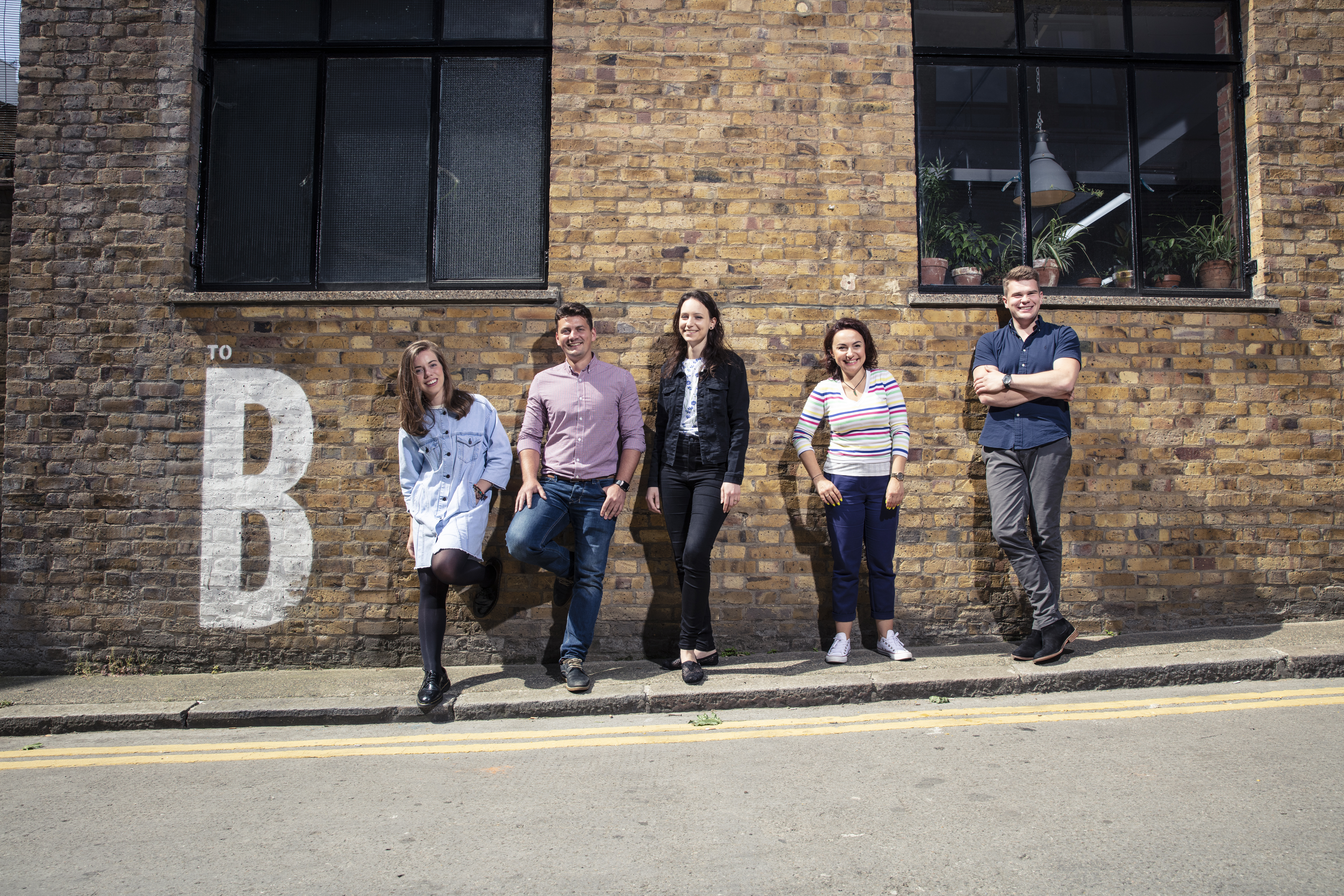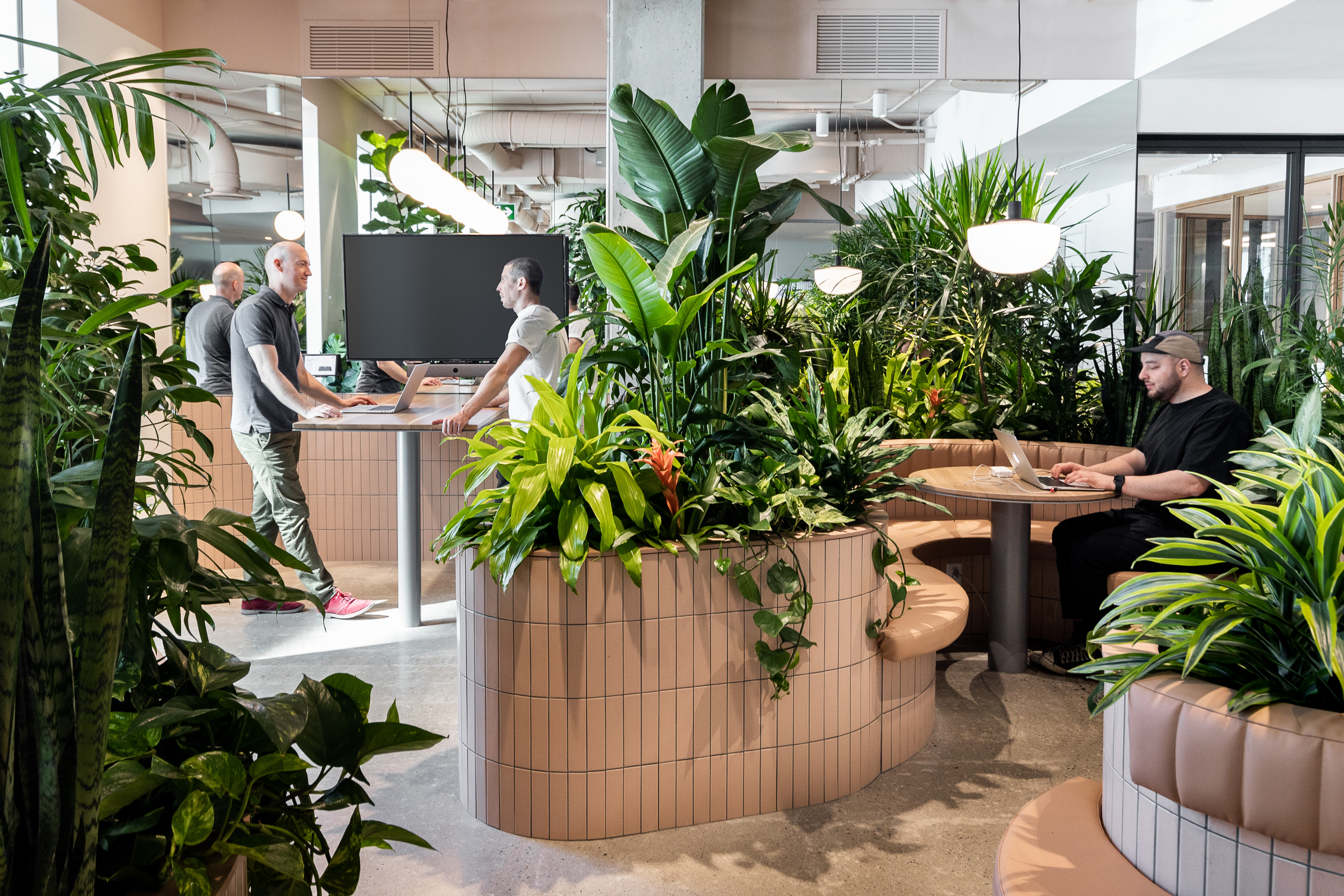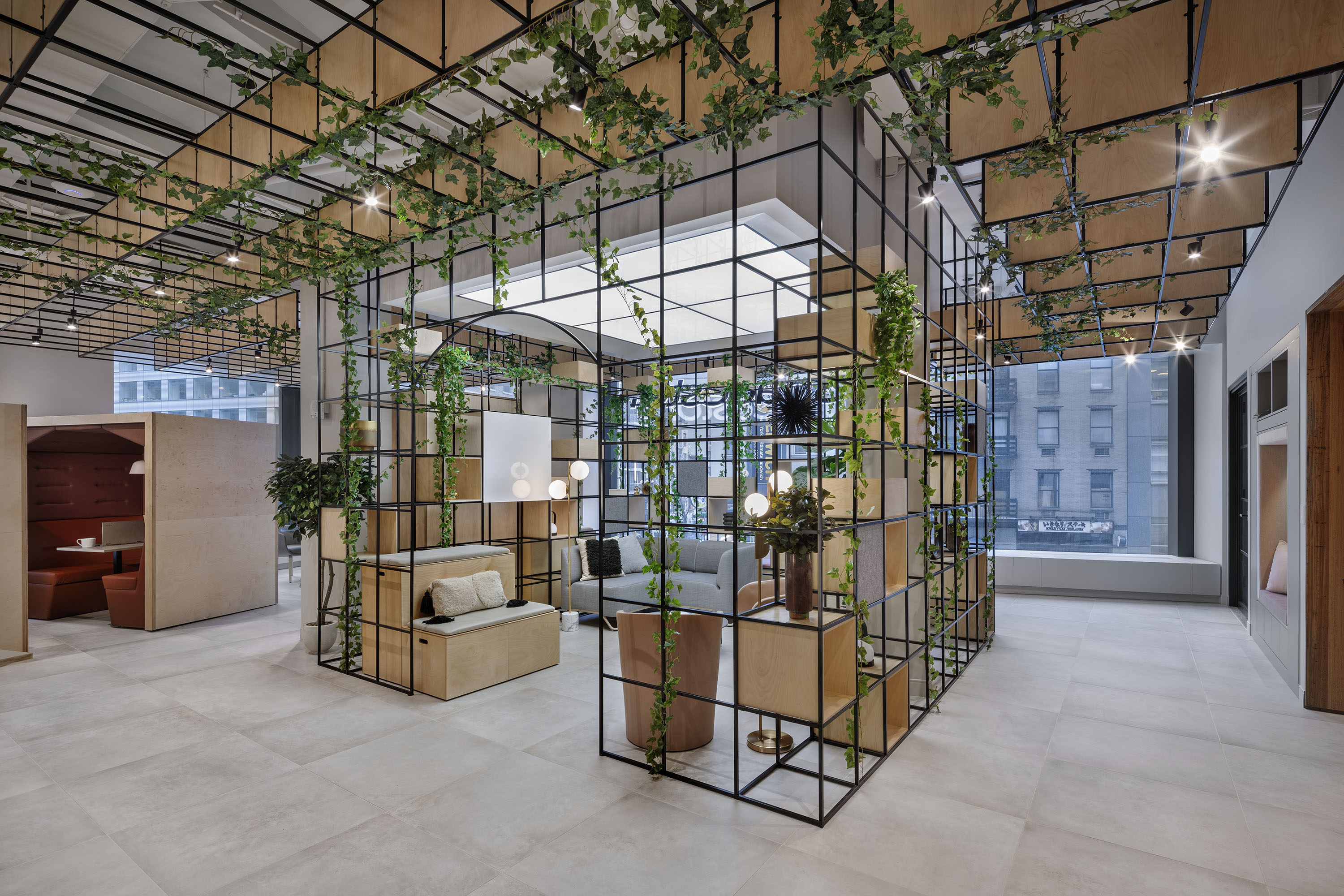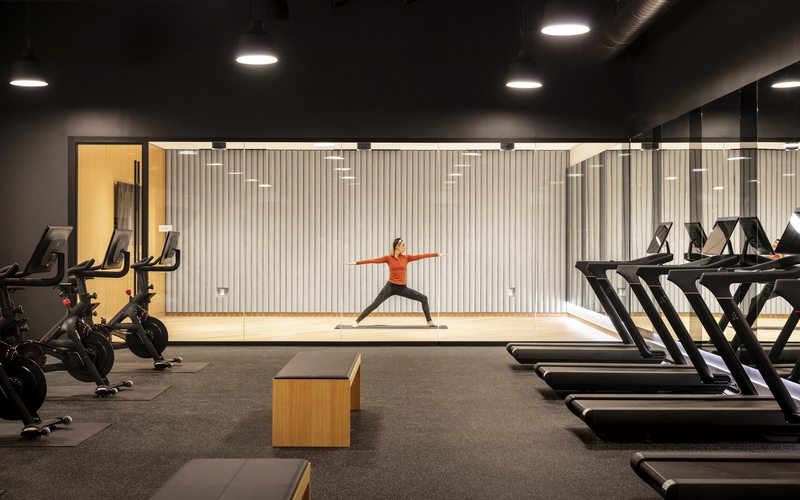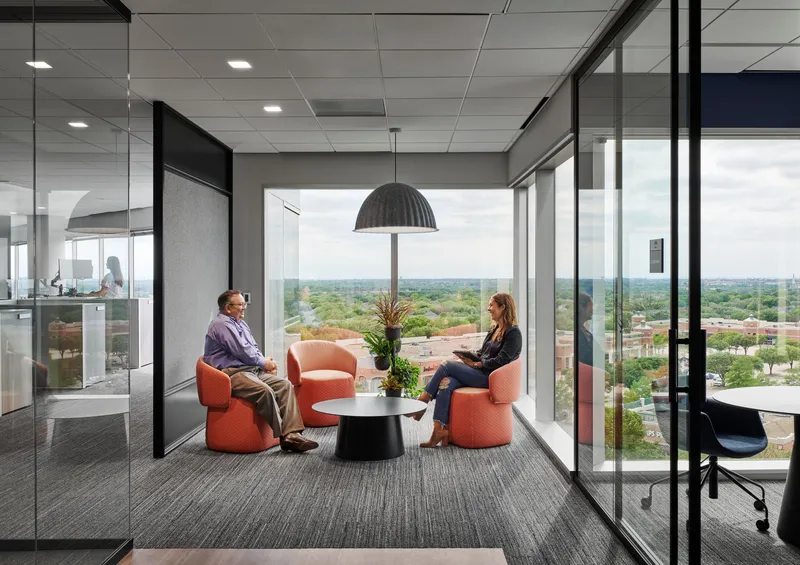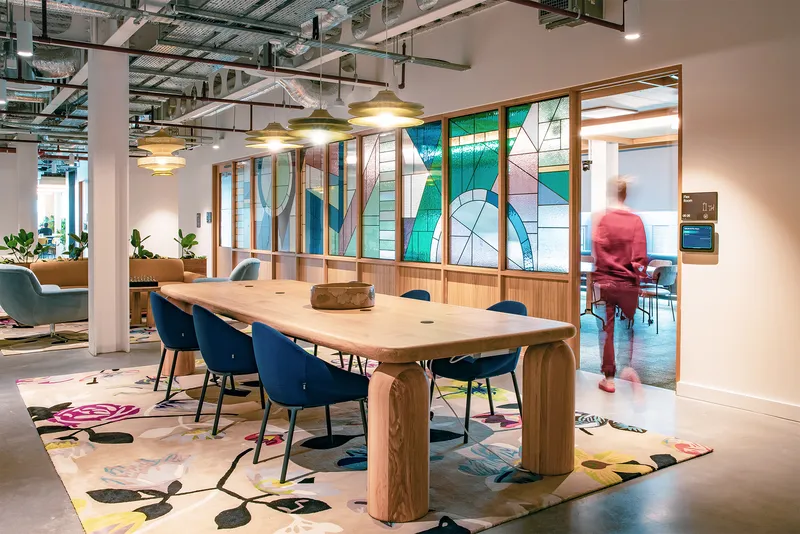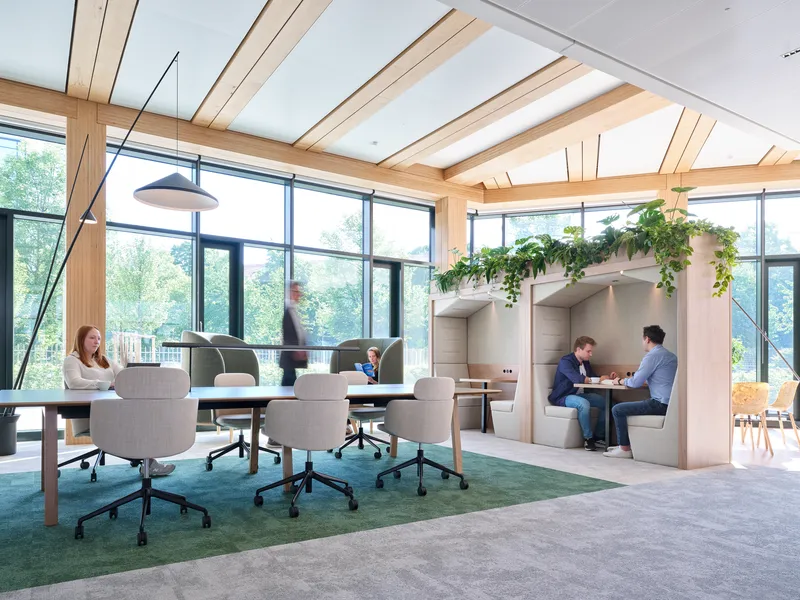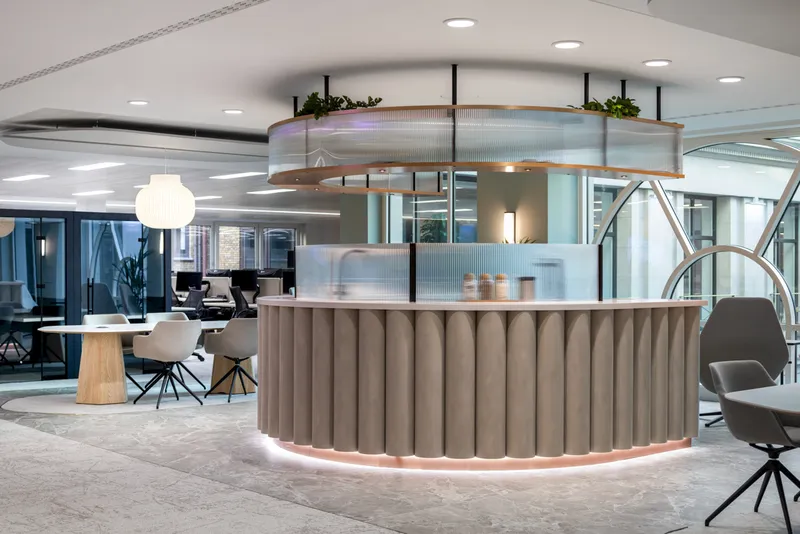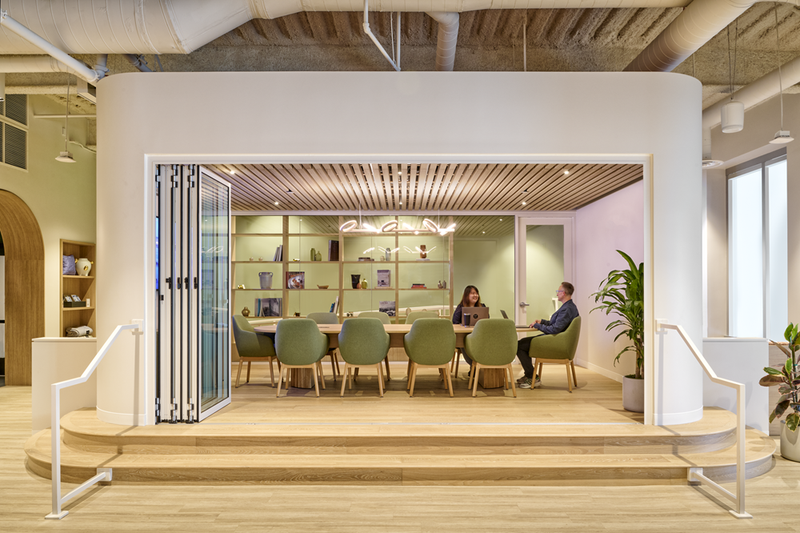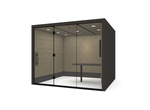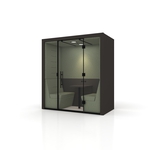Aug. 26, 2025
Industry Trends
As businesses expand across borders, their offices are no longer just functional hubs - they are expressions of identity. For Subhashish Mandal, Design Director and Senior Associate at Gensler in India, the challenge is simple yet layered: how do you stay true to a brand’s global DNA while embedding the texture of local culture?
With more than three decades in the design industry, half of that focused solely on workplaces, Subhashish has seen this evolution unfold firsthand. He describes today’s workplace as “an extension of who people are,” a space where global brand consistency must intersect with local identity, memory, and pride. This is the essence of glocal design.

Defining ‘Glocal’
For Subhashish, “glocal” is deeper than adding a regional flourish to a corporate interior. “It’s not just a local look and feel anymore,” he explains. “It’s about the way you think, who you are globally as a brand, and who you are locally as a community.”
Modern employees are global citizens. They travel, they connect virtually across continents, and they come to work with a strong sense of self. In response, workplaces must be layered with stories and cues that employees can recognize as their own. “People need to know themselves as personalities and communities when they come together,” Subhashish says. “They want to express that in the workplace.”

Why Balance Matters
Global consistency provides the anchor, the framework in which a company operates. But without local resonance, a workplace can feel sterile. “The way the programming is done, the way the planning is done, the way teams work… this happens on a very fundamental strategic level,” Subhashish notes. “It doesn’t happen only in terms of look and feel.”
When balance is struck, workplaces become environments of pride, ownership, and inclusivity. Employees see the global brand they are part of, the constant across geographies, but also their own culture and stories reflected back. That mix, Subhashish argues, is critical to belonging. “This is my constant of the brand,” he explains, “and within that, I am also being considered.”

Intuit - Local Voices in a Global Framework
Few projects capture the essence of glocality better than Gensler’s work with Intuit in India. As a global tech giant, Intuit brings a well-defined brand identity to every location. But in India, Subhashish says, “one of the strongest local paradigms I’ve seen has been with Intuit.”
Intuit’s mission of empowering local businesses is made tangible in their offices. “Their focus rooms and smaller meeting rooms have large visuals of local businesses,” Subhashish explains. “Because they are constantly sending out the message that what we do is for people, for communities.” This storytelling isn’t decorative, it roots employees in a sense of purpose, reminding them daily of the wider impact of their work.
At the same time, Intuit maintains unmistakable consistency across global sites: vivid colors, textured palettes, warmth, and vibrancy. “What you suddenly see is that all the offices, when you step back, have characteristics that are the same,” Subhashish says. “They are vivid, very warm, very visual, very strong in terms of palette. That is the global paradigm. But the mediums and elements used to express it keep changing.”

Wipro - Local Craftsmanship and Storytelling
If Intuit is about embedding community narratives, Wipro exemplifies another aspect of glocal: celebrating local craft. “One of the most important things we’ve realized,” Subhashish says, “is that the idea of creating a local space, especially in India, is through a very strong environmental graphic design story.”
For Wipro, that meant narratives that were “incredibly colorful and visually striking, and greatly influenced by the local context.” Beyond graphics, the resurgence of craft has been key. Subhashish highlights the “tremendous comeback of ‘Make in India’ - honoring local manufacturing and craftsmanship, surrounded by a city that is always moving and creating.”
Incorporating locally made furniture and materials isn’t just about aesthetics; it’s about ownership and cultural pride. “It is becoming a major focus in design components,” he adds. “There is a lot of desire and conversation about reviving what is important and who we are.”

Materials, Narratives, Food & Memory
For Subhashish, materials themselves can carry stories. Terracotta, for instance, is more than a surface choice: it is memory made physical. “It is so ingrained into our system,” he says. “When people see terracotta, there is always that little memory. There is nuance, and people say, ‘I’ve seen this, this reminds me.’”
But narratives extend beyond materials into the very social fabric of the workplace. In India, food and beverage environments carry huge weight. “Bangalore is a huge F&B city,” Subhashish explains, with employees constantly exposed to diverse, textured, and playful dining environments outside of work. They expect the same variety and vibrancy inside the workplace. “A café or a collaborative spaces can have an entire psychology of the movies, or talk a little bit about the history of the place or architecture,” he says. “People want to be able to tell those stories to their friends.”
This is why Subhashish insists design must go beyond surface aesthetics. “It has to be something that you see, remember, think, story, narrate, share, converse,” he explains. “It’s beyond visual.” In other words, materials, food spaces, and narratives create a sense of belonging that a purely global template could never deliver.

Sustainability Through a Glocal Lens
Sustainability, too, is supported by the glocal dimension. Importing materials across continents adds to carbon footprints and undermines sustainable intent. “As soon as you start importing everything, you’re adding against the sustainability footprint,” Subhashish stresses. The solution is sourcing locally: furniture, carpets, art, and materials. It’s both environmentally responsible and culturally grounded.
This approach, he explains, is increasingly non-negotiable. “We try to ensure local production, local sourcing, sustainable elements, and intelligent systems. Even if a project isn’t going for accreditation, we want to at least meet that standard.”

Employee Connection & Response
Spaces that reflect local culture resonate more deeply with employees. They foster identity and pride, and they transform workplaces into more than just sites of labor. “People need to feel that something relates back to them,” Subhashish says. “Because the space is much more than a place of work.”
He points out that workplaces are now also sites of events, community gatherings, and cultural programs. Through art, environmental graphics, storytelling, and even the design of workplace cafés, employees are reminded not just of who they work for, but of who they are. This layering of global identity and local belonging is what sparks emotional connection.

Looking Ahead: The Future of Glocal Workplaces
So where does glocal design go from here? For Subhashish, the answer is both clear and open-ended. What is clear: the local paradigm will only grow in importance. “People’s understanding of self and their own identity has become much stronger,” he says. “That part is only going to be extremely strong.”
What remains uncertain is how larger forces - hybrid working, digital experiences, AI - will reshape the workplace itself. For instance, Subhashish points to 7-Eleven’s office in India, which is completely DXT-driven — a digital-first approach that has become an iconography of their brand. Yet, he notes, many other companies have not yet chosen to go down that route, showing how unevenly digital adoption is unfolding. “We haven’t seen a settling of where everything is going to be,” Subhashish reflects. “Many more developments and changes are still to come.”
What is certain is that glocal design will remain integral to this evolution. As Subhashish puts it, global standards give the structure, but local identity supplies the soul.

Workplaces of the future will not succeed by copying and pasting global templates. They will succeed by weaving them with local narratives - the stories, materials, crafts and memories that employees can call their own. Subhashish’s words offer the reminder: “Glocal really began with identity. Global consistency is the backbone, but it is the local that gives it meaning.”
Image credits include: Samanth Patil, Anand Jaju, Mukesh Gajjar, Lawrence Anderson Studio, Donal Murphy Photography, Gensler London Studio
Share this article

